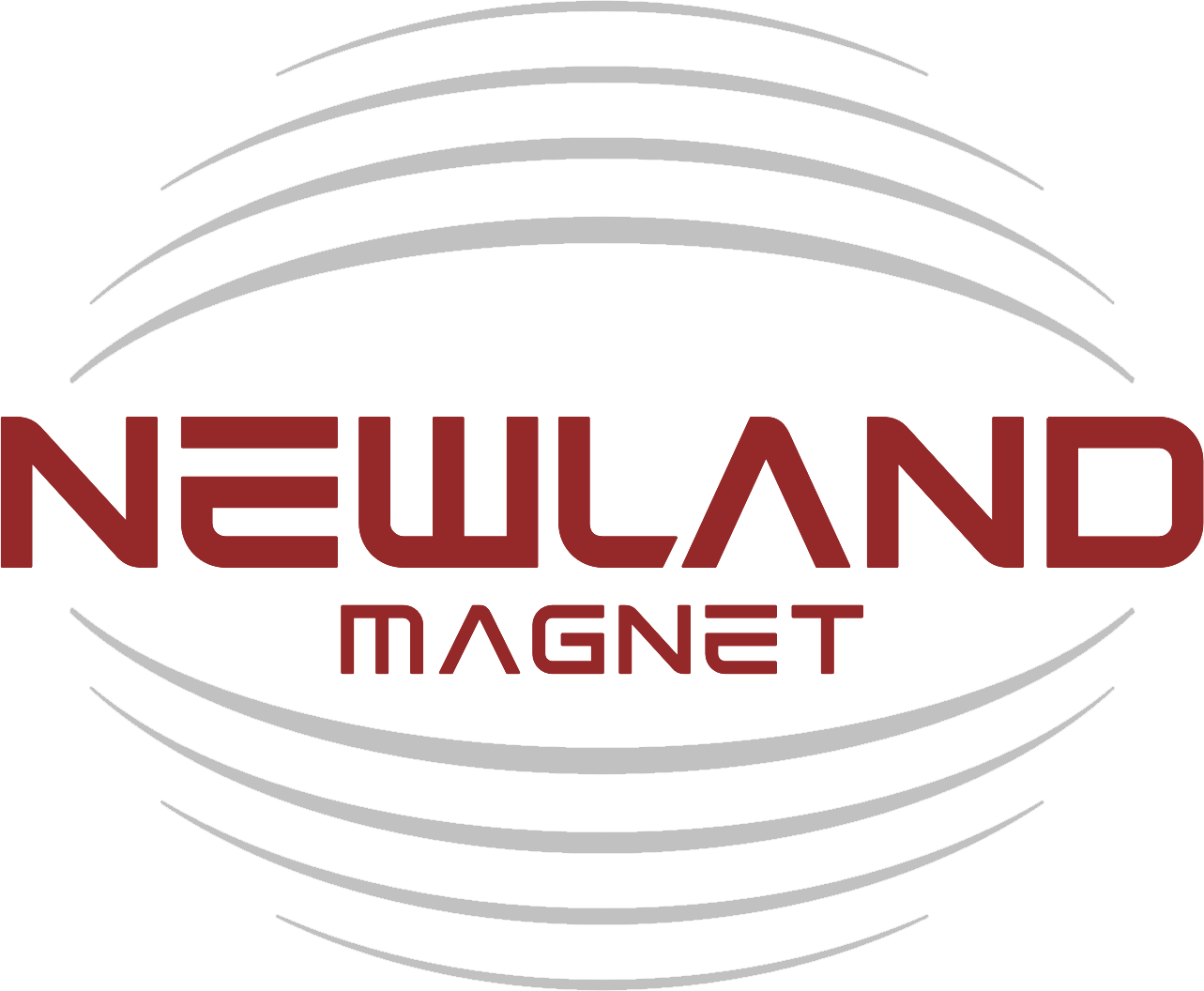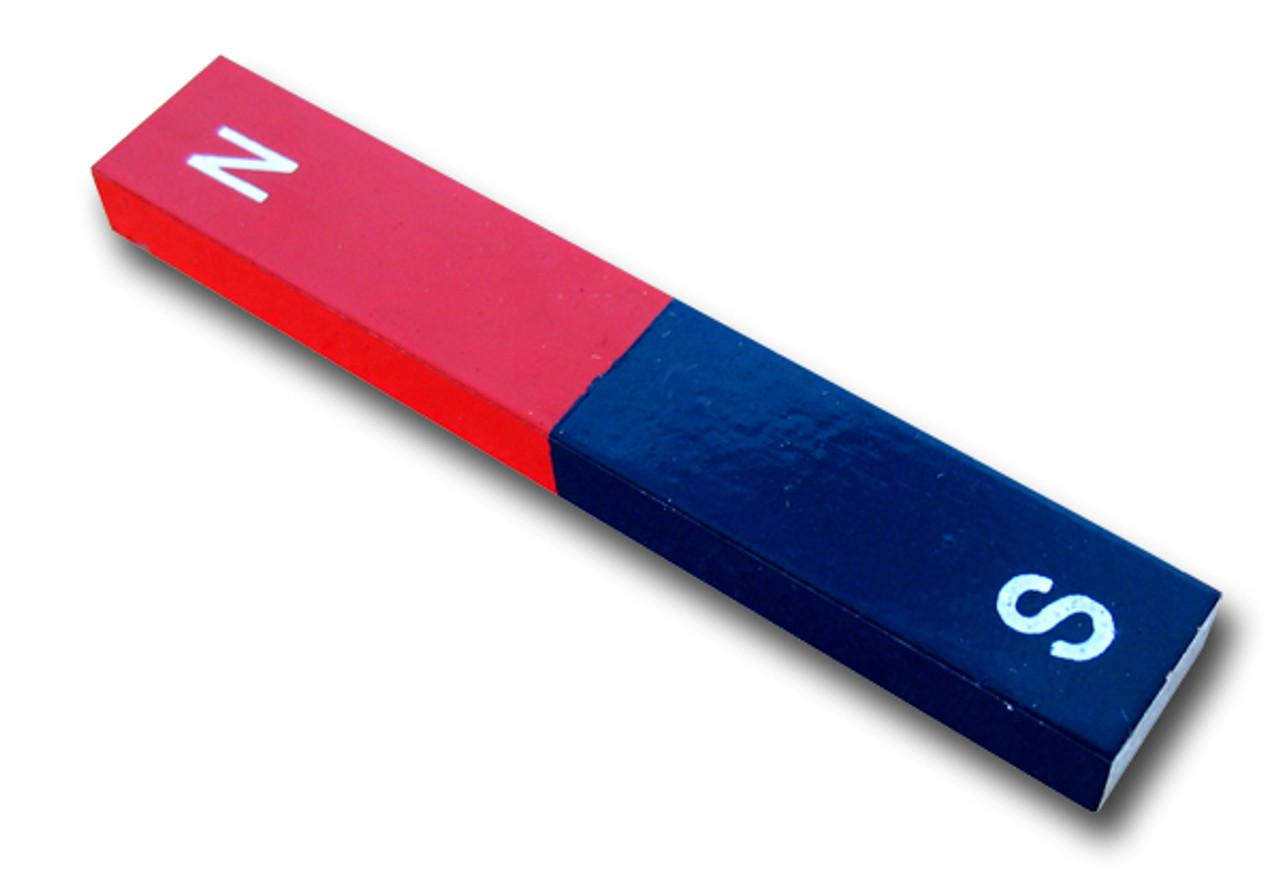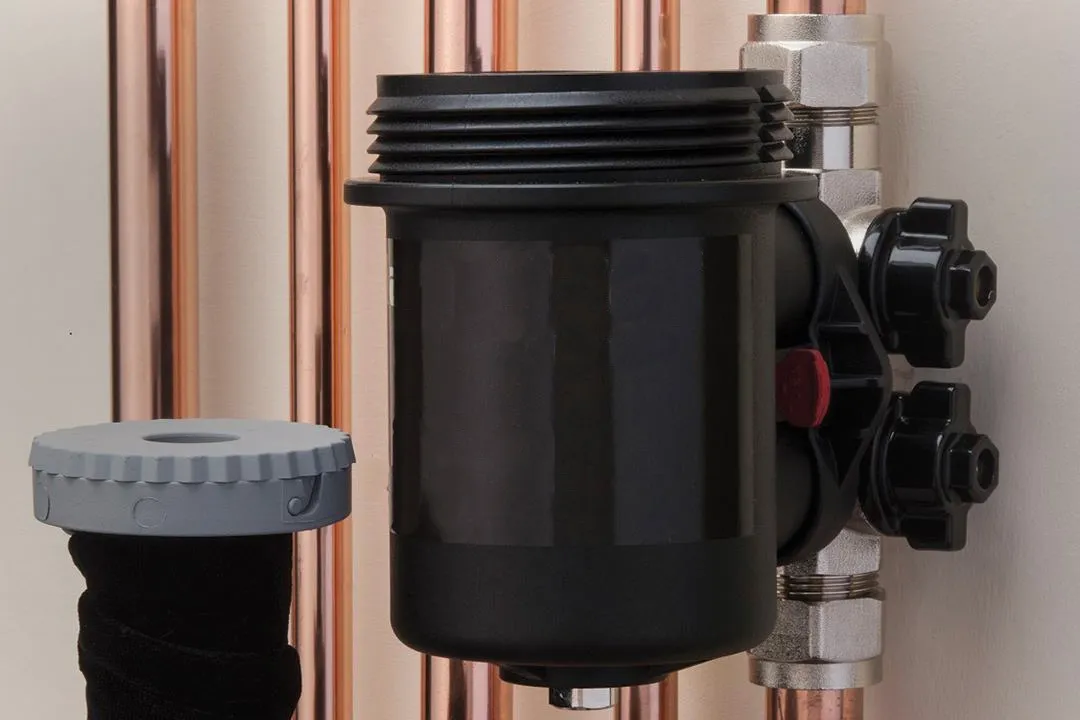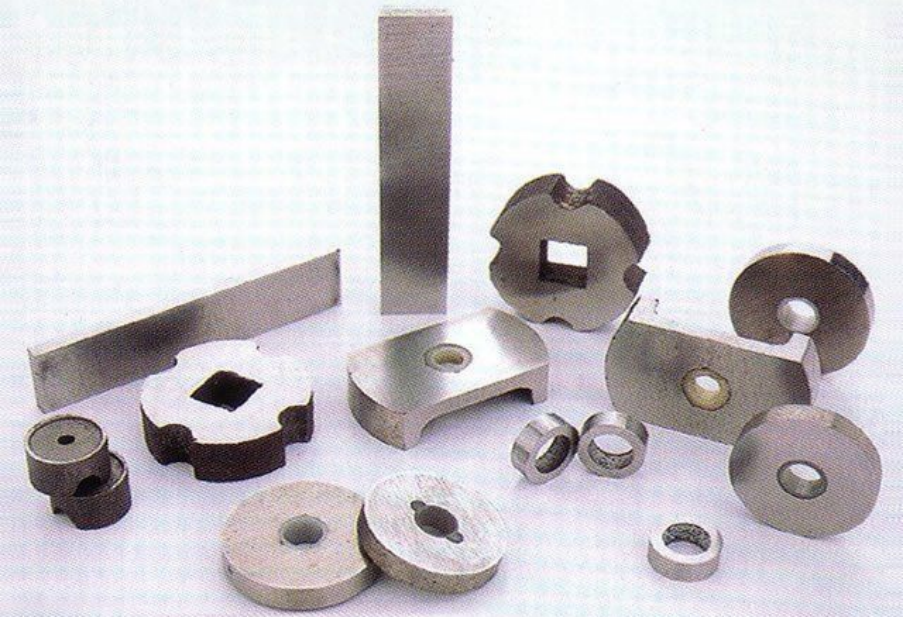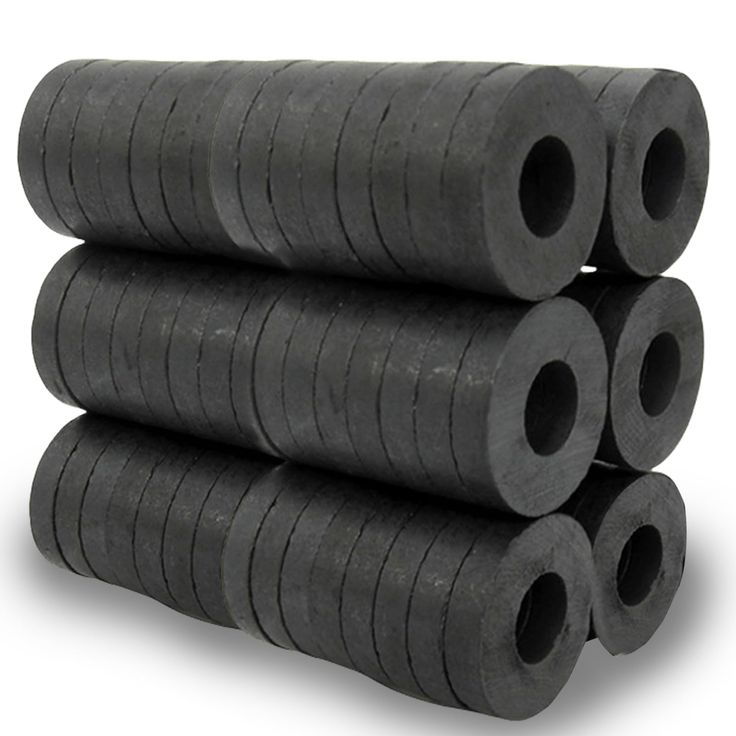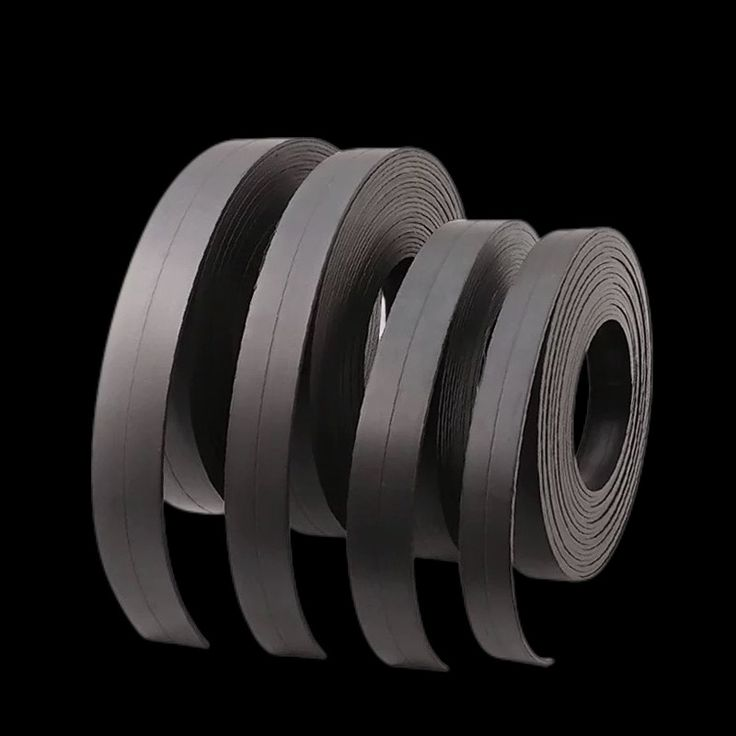جدول المحتويات
Magnetic bars are simple in design but powerful in function. Used across industries to separate metal contaminants from materials, they’ve become a backbone in quality control, safety assurance, and process efficiency. Whether you’re in food processing, pharmaceuticals, plastics, or mining, magnetic bars (also called magnetic rods or magnetic filters) play a critical role.
This guide breaks down everything you need to know, from how they’re made, their different types, their benefits, where they’re used, and what to look for when evaluating quality. If you’re considering using or importing magnetic bars, this is the place to start.
What is a Magnetic Bar?
A magnetic bar is a metal cylinder, typically encased in stainless steel, that houses a strong magnet—usually a rare-earth magnet like neodymium. These bars are designed to attract and hold ferrous particles, such as iron filings or steel fragments, from powders, liquids, granules, or other bulk materials. The primary purpose of a magnetic bar is to protect machinery, ensure product purity, and prevent contamination.
Magnetic bars are often installed in housings, grates, or hoppers. They can function as standalone filters or be part of larger magnetic separation systems. Despite their simple appearance, the technology inside is precise. Magnetic field strength, the type of magnet used, the finish of the housing, and temperature resistance all influence how effective a magnetic bar will be in real-world applications.
How Are Magnetic Bars Made?
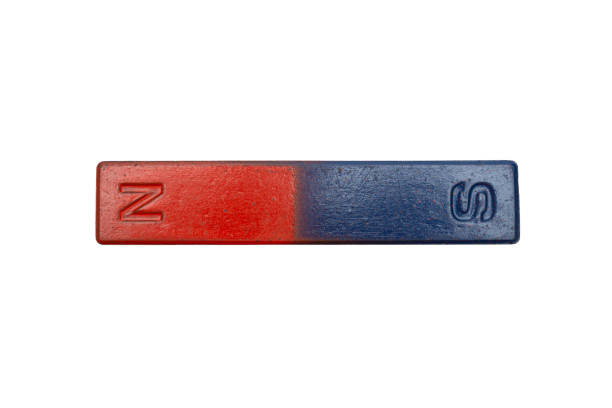
Manufacturing a magnetic bar starts with the core component: the magnet itself. Most high-performance magnetic bars use neodymium magnets—specifically, grades like N35 to N52, depending on how strong the field needs to be. For high-temperature environments, samarium cobalt may be used instead due to its superior thermal stability.
Once the magnet is selected, it’s encased in a seamless stainless steel tube. The steel used is typically SUS304 or SUS316, both known for their corrosion resistance and food-grade compatibility. The magnet is positioned inside the tube and sealed at both ends using precision welding or high-grade sealing plugs. This seal must be completely leak-proof to protect the magnet from moisture, which can degrade performance over time, especially in harsh environments.
A key aspect of production is ensuring the internal magnetic field is concentrated at the surface of the bar. Manufacturers use magnetic flux guides, usually made of soft iron or other permeable materials, to direct and amplify the field lines where they’re needed most—on the outer casing. The finished bar is then polished, tested for strength, and cleaned to remove any production residues.
Quality control is strict. A flawed seal or an incorrectly magnetized bar can compromise an entire production line. The best manufacturers also subject their bars to demagnetization resistance and corrosion tests to ensure long-term performance.
Types of Magnetic Bars
Though they all serve the same purpose, magnetic bars come in various configurations tailored to specific industrial needs.
Standard magnetic bars are fixed-length rods, usually 25mm (1 inch) in diameter and anywhere from 100mm to 1000mm long. These are the most common and can be used in hoppers, chutes, or custom frames.
High-intensity magnetic bars are made with higher-grade neodymium magnets or are configured with more magnets inside. These are designed for industries like pharmaceuticals and food, where even tiny metal fragments must be removed.

Easy-clean magnetic bars allow users to remove captured contaminants without physical contact. These designs feature a non-magnetic stainless sleeve that slides off the magnetic core, sweeping away debris. This reduces downtime and improves safety.
Threaded-end bars come with mounting options on one or both ends, allowing integration into more complex separation systems. Some also feature eye bolts for hanging vertically.
High-temperature magnetic bars are built with magnets and casings that can withstand elevated temperatures, often up to 350°C. These are essential in processes involving dryers, ovens, or high-heat materials.
Each type is chosen based on application, operating environment, and the materials being filtered. No one-size-fits-all solution exists, and choosing the right type is critical to performance.
What are the Advantages of Magnetic Bars?
Magnetic bars offer numerous advantages that make them an essential component in industrial separation and quality control. Below are the key benefits explained in detail:
1. Effective Contaminant Removal
Magnetic bars are highly efficient at attracting and capturing ferrous particles—like iron, steel, or stainless steel fragments—from both dry and wet materials. They can remove even micron-sized contaminants, which helps ensure product purity.
2. Machinery Protection
By filtering out metal fragments before they reach processing equipment, magnetic bars prevent damage to crushers, extruders, grinders, and other sensitive machinery. This reduces repair costs, minimizes downtime, and extends the lifespan of equipment.
3. Compliance with Safety Standards
Many industries, especially food and pharmaceuticals, are bound by regulations like HACCP, FDA, or GMP. Magnetic bars help companies comply with these standards by providing a reliable barrier against metal contamination.
4. Cost-Effective Operation
Once installed, magnetic bars operate without energy input, moving parts, or consumables. They require only periodic cleaning, making them a low-maintenance and cost-efficient solution over the long term.
5. Reusability and Easy Maintenance
Magnetic bars are durable and designed for repeated use. Cleaning is usually as simple as wiping or sliding a protective sleeve, especially with easy-clean models. This reduces the need for replacements and supports sustainable manufacturing.
6. High Versatility
They can be used in a wide range of processes and locations—inside hoppers, chutes, pipelines, or mounted over conveyors. Their modular nature means they can be easily scaled or adapted to different system layouts.
7. Non-Intrusive Filtering
Magnetic bars don’t affect the texture, flow, or chemistry of the material being processed. This passive separation preserves product integrity, which is crucial in sensitive industries like pharmaceuticals and food production.
8. Long Service Life
With high-quality materials such as neodymium magnets and stainless steel housings, magnetic bars are built for durability. Many can operate effectively for 10 years or more with minimal performance loss.
9. Resistance to Harsh Environments
Magnetic bars can be engineered to withstand extreme conditions including high temperatures, moisture, corrosion, and vibration. Specialized bars are available for acidic environments or high-pressure systems.
10. Improved Product Quality and Brand Trust
By ensuring cleaner end-products, magnetic bars help businesses maintain customer satisfaction and avoid costly recalls. Cleaner outputs often mean higher customer trust and improved brand reputation.
Applications of Magnetic Bars
Magnetic bars are used across virtually every industry that handles bulk materials. Here’s a breakdown of their most important applications with context:
1.Food Processing
Magnetic bars are used to eliminate metal particles from ingredients like flour, sugar, spices, grains, and dairy powders. They’re installed in mixers, silos, and processing lines to protect against contamination. This is vital for meeting food safety certifications and preventing recalls.
2. Pharmaceuticals
In the production of tablets, capsules, and powders, even trace metal particles can compromise purity. Magnetic bars ensure the removal of these contaminants during processing and packaging, aligning with stringent FDA and GMP requirements.
3. Plastics and Polymers
In the plastics industry, raw materials often contain metallic debris from transportation or handling. Magnetic bars installed in hoppers or before extrusion lines protect molds and dies from costly damage.
4. Recycling Facilities
Metal recovery is a critical step in recycling. Magnetic bars separate ferrous metals from shredded plastic, rubber, wood, or e-waste. This increases recovery value and prevents contamination of non-metallic waste streams.
5. Mining and Mineral Processing
Magnetic bars are placed in slurry lines or on conveyor belts to remove ferrous debris from ores. This not only protects downstream crushers and separators but also improves the final purity of extracted materials.
6. Chemical Manufacturing
Metal particles in chemicals can cause unwanted reactions, clogs, or product instability. Magnetic bars are used in mixing tanks and pipelines to maintain the chemical consistency and quality of finished products.
7. Ceramics and Glass Production
Contaminants in clay or glaze materials can ruin surface finishes or cause structural weaknesses. Magnetic bars remove iron or steel debris during material preparation to ensure smooth finishes and structural integrity.
8. Paints and Coatings
Metal fragments in paints can damage spray nozzles and ruin the finish. Magnetic bars filter these out during mixing, improving product consistency and application quality.
9. Textile Industry
In synthetic fiber production, particularly when using recycled materials, magnetic bars help remove fine wires or metal fragments that could clog or damage spinnerets and weaving machines.
10. Water Treatment and Sludge Processing
In some wastewater systems, magnetic bars are used to extract ferrous sludge or metal particles before chemical treatment. This boosts the efficiency of downstream filtration and reduces chemical usage.
11. Agricultural Processing
In feed mills and grain handling, magnetic bars catch nails, bolts, and wire fragments. This not only protects milling equipment but also ensures livestock feed is safe and free from harmful debris.
12. Powder and Bulk Solids Handling
For industries that handle large volumes of powdered materials, magnetic bars offer inline filtration. Whether it’s cement, lime, or powdered sugar, these bars prevent contamination in both dry and semi-wet flow systems.
Important Indicators for Testing the Quality of Magnetic Bars
Not all magnetic bars are created equal. Evaluating their quality involves several key indicators.
First is magnetic field strength, measured in gauss. A high-quality neodymium magnetic bar should have a surface strength of at least 10,000 gauss for general use, and up to 12,000 gauss for high-intensity applications. This can be tested using a gauss meter. Weak bars may miss smaller particles or lose magnetism over time.
Flux density and field gradient are also important. A strong central field isn’t enough; the bar must pull particles from the edges of the flow as well. A high gradient ensures contaminants are drawn from farther away, not just what’s touching the bar.
Pull force testing is another benchmark. This measures how much force is required to pull a steel object off the bar’s surface. It helps estimate real-world effectiveness in removing stuck particles.
Temperature resistance is crucial, especially for industrial environments. A bar that loses magnetism above 80°C may be unsuitable for many manufacturing lines. High-temperature bars should withstand up to 350°C without performance degradation.
Build quality matters, too. A seamless, polished stainless steel casing prevents bacteria buildup and resists corrosion. Poor welds or thin walls compromise hygiene and durability.
Demagnetization resistance over time is the final test. Cheap magnetic bars may lose their field after a few months, especially if subjected to impact or high heat. A good magnetic bar holds its strength for years, even in tough conditions.
Where to Import Magnetic Bars?
Global supply chains for magnetic bars are well-established, and most of the world’s high-quality magnetic bars are manufactured in China. The country has access to the largest deposits of rare-earth elements, advanced processing facilities, and skilled labor for precision assembly. Major production hubs include Ningbo, Hangzhou, and Shenzhen.
When sourcing magnetic bars from overseas, it’s critical to choose suppliers with a track record of quality. Look for companies with ISO certifications, especially ISO 9001 and ISO 14001. These indicate reliable quality management and environmental standards.
Trade platforms like Alibaba or Made-in-China list thousands of vendors, but not all are equal. It’s worth requesting magnetic strength test reports, quality certifications, and even samples before placing bulk orders. Leading suppliers will be happy to provide these and may offer customization options for size, strength, casing material, or temperature resistance.
Beyond China, Germany, Japan, and the United States also produce high-quality magnetic bars, often with more rigorous compliance for food and pharmaceutical applications. However, these options tend to be more expensive due to higher labor and material costs.
Some importers also choose OEM services, where Chinese manufacturers produce private-label magnetic bars. This approach allows businesses to control branding while benefiting from cost-effective production.
Importers should also consider logistics. Stainless steel magnetic bars are heavy and subject to customs checks, especially when classified as industrial filtration components. Using freight forwarders experienced in industrial imports can smooth the process.
خاتمة
Magnetic bars may not be flashy, but they’re foundational to modern manufacturing. From food safety to equipment protection, their role is both versatile and indispensable. Understanding how they’re made, what types exist, and how to evaluate their quality can save businesses from costly contamination problems. Whether you’re building a new production line or upgrading an existing system, investing in the right magnetic bar—backed by solid specs and a trusted supplier—makes a real difference. Choose smart, test thoroughly, and always consider the long-term reliability of your magnetic separation solution.
